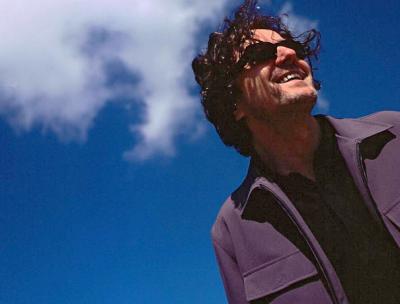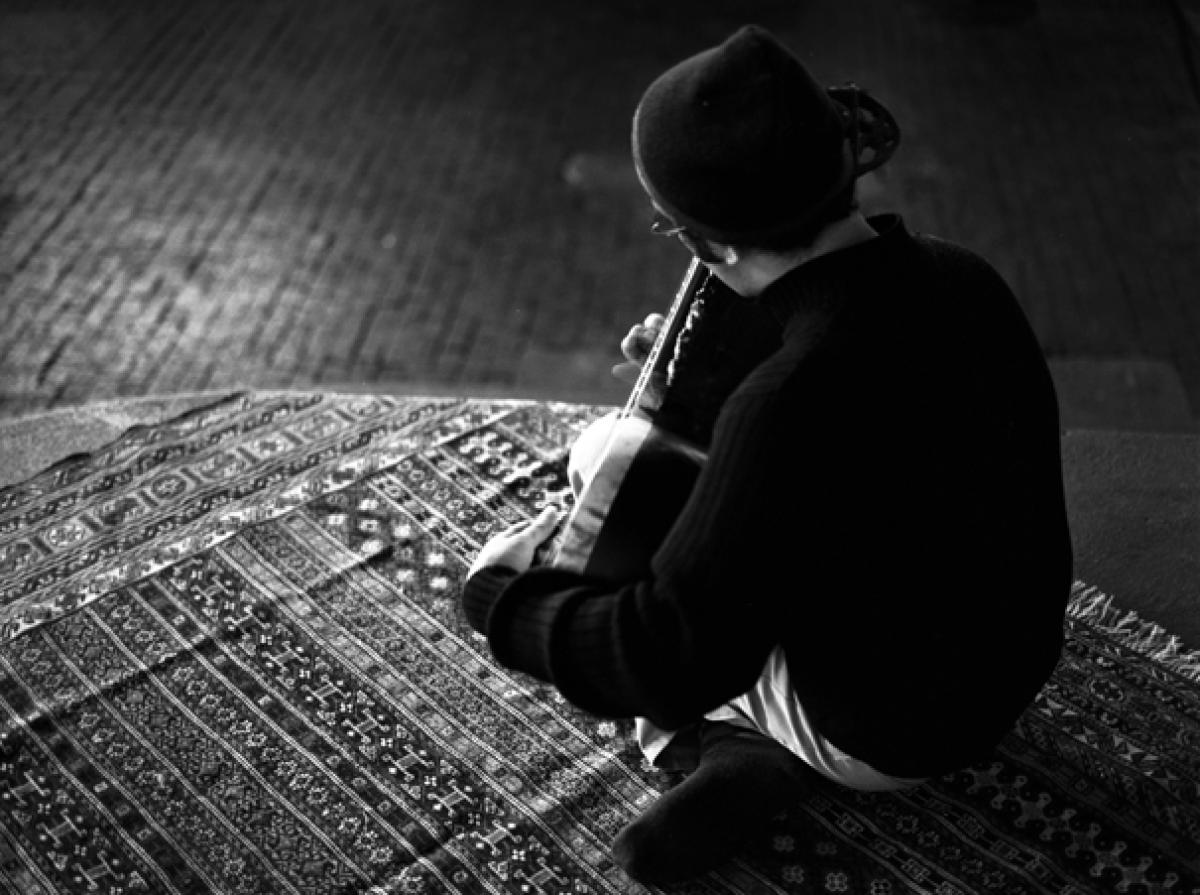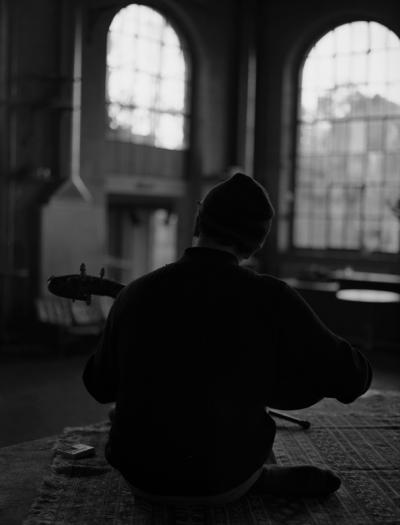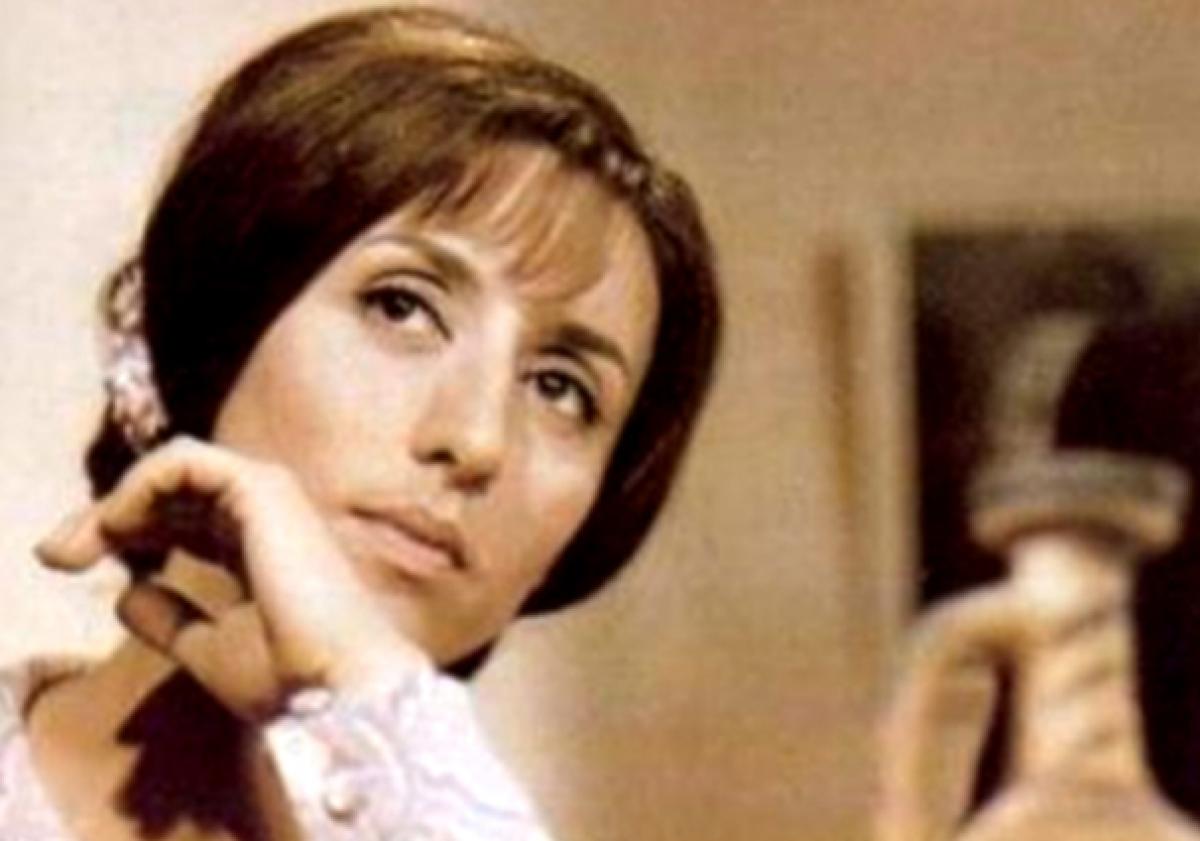
Botschafterin der Sterne
Die libanesische Sängerin Fairuz ist die Ikone des libanesischen Liedes. Mit ihren Komponisten, den Gebrüdern Rahbani, hat sie der libanesischen Musik und Kultur eine starke Identität gegeben.
Die Sängerin Fairuz und ihre Komponisten Assy und Mansour Rahbani gelten im Libanon als nationale, kulturelle und politische Symbole. Ab den 50er Jahren verpasste das Trio der libanesischen Musik eine starke Identität und vermochte sich von der vorherrschenden Kulturszene Ägypten abzutrennen. Heute jedoch, elf Jahre nach dem Bürgerkrieg, kämpft die Musikszene Libanon etwas orientierungslos gegen eine wirtschaftliche Misere an. Ein Gespräch mit dem 2009 verstorbenen Mansour Rahbani.
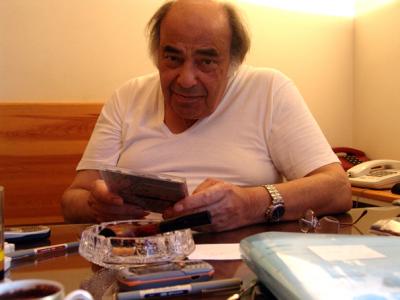
Diese Sendung wurde ausgestrahlt am 25.1.2002 in der Sendung Musik der Welt auf Schweizer Radio DRS2.
Hintergrundinfos zu Fairuz
Rezension eines wunderbaren Fairuz-Buches von Ines Weinrich.
Von Thomas Burkhalter.
Ines Weinrich, Fayruz und die Rahbani Brüder – Musik, Moderne und Nation im Libanon. Würzburg: Ergon Verlag, 2006.
Fayruz is much more than just a Lebanese singer; her name stands for a concept with musical, poetical and political connotations: This is the leitmotiv in Ines Weinrichs book on Fayruz, the Diva of Lebanese singing, and her composers Asi and Mansour Rahbani. Through the analysis of their work, the book «Fayruz und die Brüder Rahbani – Musik, Moderne und Nation im Libanon» tracks down significant processes in the history of Lebanon since its formal independence in 1943. It reveals a nation that is continuously searching for its identity and position in the regional and global setting. As a case study however this book is of much wider interest, as it offers great insights into the complex and often dialectical interlinks and interactions between the production of music, and local, regional and global musical trends, cultural standards and power structures.
First, Weinrich outlines the cultural and historical context of Lebanon, a state that is defined as an «Arabic country», but with a «special character» (49) due to its many confessional minorities. She recalls the great status of the Rahbani brothers and Fayruz in the region. For many the latter became a symbol for Lebanon itself: as a singer Fayruz performed for people from all confessional and political groups; as an actress she invited her audiences to the idealized world of the «Lebanese village», where the problems were limited to the village boundaries, and stood in huge contrast to the often harsh Lebanese realities; as a citizen, Fayruz stayed in Lebanon throughout the civil war (1975 – 1990), and thus became a «symbol for peace»; and as a women in a rather conservative society she built herself a reputation comparable to that of the «Virgin Mary» (439). In short, Fayruz and the Rahbani brothers nourished the dream of a peaceful coexistence of a heterogeneous society; held together through a very typical Lebanese identity that was strong enough to highlight the collective and common over the interests of the individual groups. Their music was a kind of recipe for the Lebanese project (326/440).
Video not available anymore.
The main section of the book explores the socialization years of the trio: the early lives of the Rahbani brothers in their Christian Orthodox environment; and the childhood and youth of Fayruz in her Maronite and Syrian Catholic family, that, according to some vague rumors, might have been of Palestinian origin (70). Then Weinrich focuses on the musicians’ initiation to Christian psalms and church music, and to their first education in harmony and counterpoint by French teachers and Lebanese priests. Detailed descriptions of the trios’ music and theatre pieces follow. Fayruz and the Rahbani brothers produced much over one thousand songs, three films, many sketches, and twenty theatre plays; from the 1950ies to Fayruz’ separation from her husband Asi Rahbani (1979), and his death (1986), to the latest work (mainly composed by Fayruz’ son Ziyad Rahbani). The plays were set in a village context first, then turned towards the city and dealt increasingly with social and political issues. Musically the influences ranged from Lebanese Folk to classical Arabic Vocal Music genres, from near Eastern church music, Tango, Spanish music, European Classical Music, Eastern European Folk Music, to Jazz and Funk.
Through an analysis of the music and lyrics, Weinrich leads the reader to key discussions on music and music making in the Arab world in the 20th century. She argues that initially the music of the Rahbani brothers was inspired by trends in Cairo, set by musicians, singers and composers like Mohammed Abdel Wahab, but also by the late, legendary Umm Kulthum. These artists created a new kind of song called ughniya (aghani), which shorter form matched popular formats of mass media production. aghani songs were pre-composed, arranged in verses and refrains, and full of pre- and interludes. They differed a lot from the urban tarab music that uses long modal preparation, improvisation and collective interplay to build up aesthetical pleasure and sensation (Racy 2003). Especially after the nakba (as the Arabs call the loss of Palestine, and the creation of the State of Israel, 1948) and the hazima (the defeat in the Arab-Israeli war, 1967) (265) the tarab repertoire, along with many other Arab cultural forms, was criticized as not being academic, but too much depended on «spontaneous inspiration»: The endless repetitions, the circling around specific notes was said to bemuse people and detach them from reality instead of building it with full consciousness (361) In their search for modernity (hadith) the majority of musicians and musicologists leered at European music – while a minority tried to define and create «alternative modernity» (see Shannon 2006). The firqa ensemble, or orchestra, replaced the small takht ensemble of tarab music. It featured European instruments such as the violin, cello, double bass, accordion and piano along with the Arabic oud, qanun, nay, and percussion instruments.
For the Rahbani brothers however, another trend became important as well: They felt inspired by composers like Bartok, Kodaly, Glinka, Smetana and Sibelius who experimented with elements of local folklore, and by the famous «group of five» - Borodin, Cui, Balakirev, Mussorgsky, and Rimsky-Korsakov (128) – whose aim was to create contemporary Russian music that was opposed to prevalent European styles. The Rahbani brothers, Zaki Nassif, Tawfiq Al-Basa and Tawfiq Sukkar created the Lebanese «group of five» (usbat al-khamsa) (128); they started to urbanize the folklore of the region and opposed to a certain extend to the influences of the hegemonic Egyptian culture (161).
From here, a story of constant and complex negotiation and positioning unfolds. Weinrich shows how aesthetical choices and the artists’ strategies were closely interlinked with the social, political and economical field (358). Lebanese media like Radio Levant (80), some Christian politicians, the tourism industry and other actors and institutions started to support the upcoming artists. The international music festival in Baalbek programmed the so-called «Lebanese Nights» annually. These performances celebrated the Rahbani brothers and Fayruz, among others. They included dance, theatre and music, and were full of «self-exoticism», mainly produced for tourists and a Lebanese elite, that wanted to enjoy heritage (turath) in an urbanized, «cultivated» way.
The Rahbani brothers were constantly trying to expand their territory. They kept working for the annual fair in Damascus, and for «Radio Damascus» and the Cyprus based radio station ash-Sharq al-adna; and from the mid 1960ies they started to perform in Egypt and other Arab countries more and more, most importantly in the Gulf (208). This new move happened parallel to the policy of President Shihab who tried to become a spokesman for the Lebanese Christians and Muslims alike. Fayruz sang «Ghannaytu Makka» (I sang for Mecca) and presented herself as being part of the Islamic world (209). In 1966 she was the first woman to perform on Saudi TV. The Rahbani music was now based increasingly on Arab vocal forms like muwashahat, dawr, and qasida.
Crucial for the success in the Arab world was the trios work on Palestine: For example the piece «Raji’un» (We will return) about the nakba (138), or the patriotic and nostalgic hymns for Jerusalem like «Zahrat al-mada’in» (227), or the popular LP «al-Quds fi l-bal» (Jerusalem in my Heart) (270). Weinrich evaluates the support of the Rahbani brothers and Fayruz for the Palestinian cause as considerable, but with its clear limits. Within their work, for example in the piece «al-batra», the Palestinian struggle was presented as being justified. It deserved to be supported ideologically. However, the Palestinians should fight alone, and on Palestinian ground, not in Lebanon – this again was conform to the official governmental policy (380).
The final section of the book defines characteristics and specialties of the trios work. Weinrich concludes, that the trio covered all the important musical, political and social topics of their time, addressing maybe not the intellectuals or the avant-garde artists, but the masses of Lebanese and Arabs who wanted to hear answers to important questions. However, the Rahbani brothers promoted themselves as «apolitical» artists; they thematized universal values like charity, freedom, justice or love to the homeland (337). The songs and plays were readable in many ways indeed; and political claims were never allocated directly with a singular ideology or party. Nevertheless, there was and is controversy around their work (433).
Musically they created a specific and personal style – even if the music always contained elements from different musical cultures. Weinrich highlights three major innovations of the ughniya ar-rahbaniya (The Rahbani song): the use of Lebanese dialect, the shortness of the songs, and the equal importance of music and lyrics (349). The main recipe for their success, however, was: they mastered to create music that was accepted as being part of the old Arabic song repertoire (asil) and at the same time modern (hadith), new (jadid) and developed (mutatawwir) (355). Their work was based on familiar forms and sounds without being a repetition of it. At the same time the innovation was never so radical, that the old disappeared completely (437).
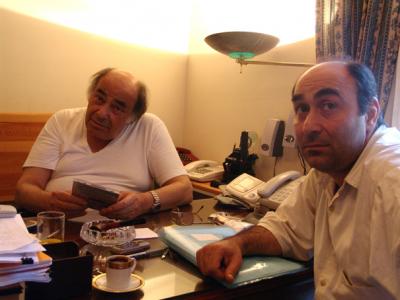
This is an important and great book. Weinrich offers deep insights into the newer history of music in Lebanon and the Middle East, and she uncovers many controversies: As a scholar of Arabic language and literature she did extensive research in Lebanese and Arabic newspaper archives, and interviewed musicians and musicologists – while she spoke to Mansour Rahbani she didn’t manage to interview Fayruz herself. There is a growing body of Literature on Arabic music, especially on Egypt and the Maghreb. And thanks to new work by Ines Weinrich (2007), Jonathan Shannon (2006), Christopher Stone (2007), and others Lebanon and the Levant as a whole are now increasingly parts of it. Unfortunately for non-German speakers, Weinrichs book is published in German only. A translation would be definitely worth it.
Bibliography
Biography
Shop




Published on April 04, 2005
Last updated on October 08, 2020
Topics
A form of attachement beyond categories like home or nation but to people, feelings, or sounds across the globe.
About fees, selling records, and public funding: How musicians strive for a living in the digital era.
From westernized hip hop in Bhutan to the instrumentalization of «lusofonia» by Portuguese cultural politics.
How does Syrian death metal sound in the midst of the civil war? Where is the border between political aesthetization and inappropriate exploitation of death?

